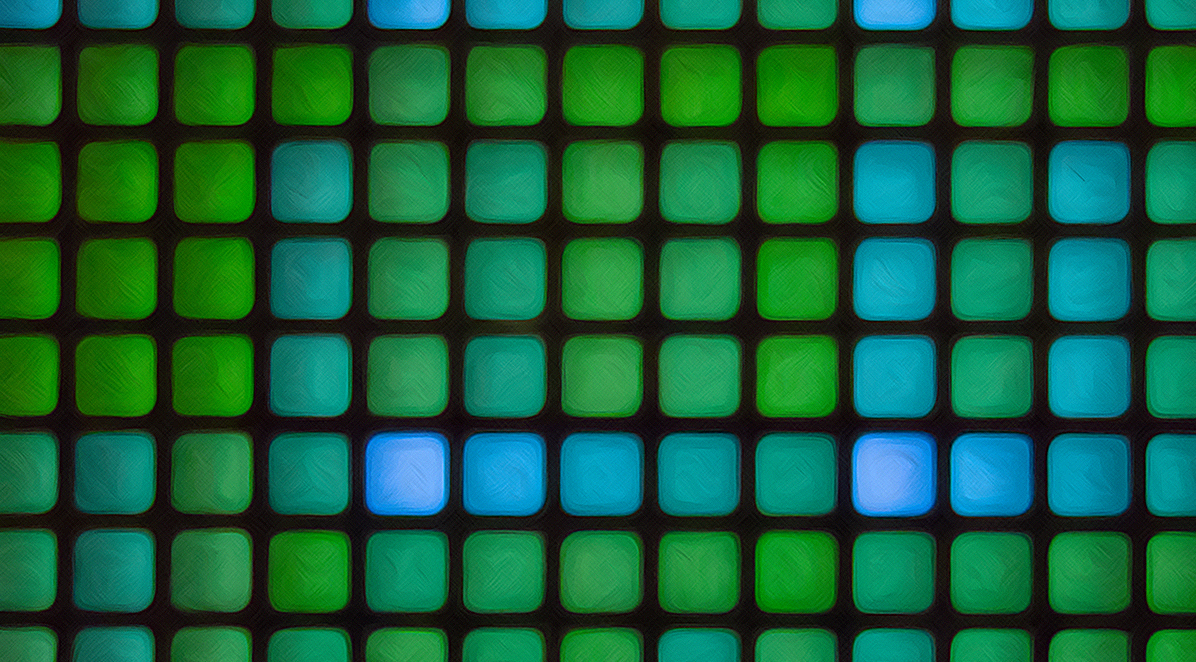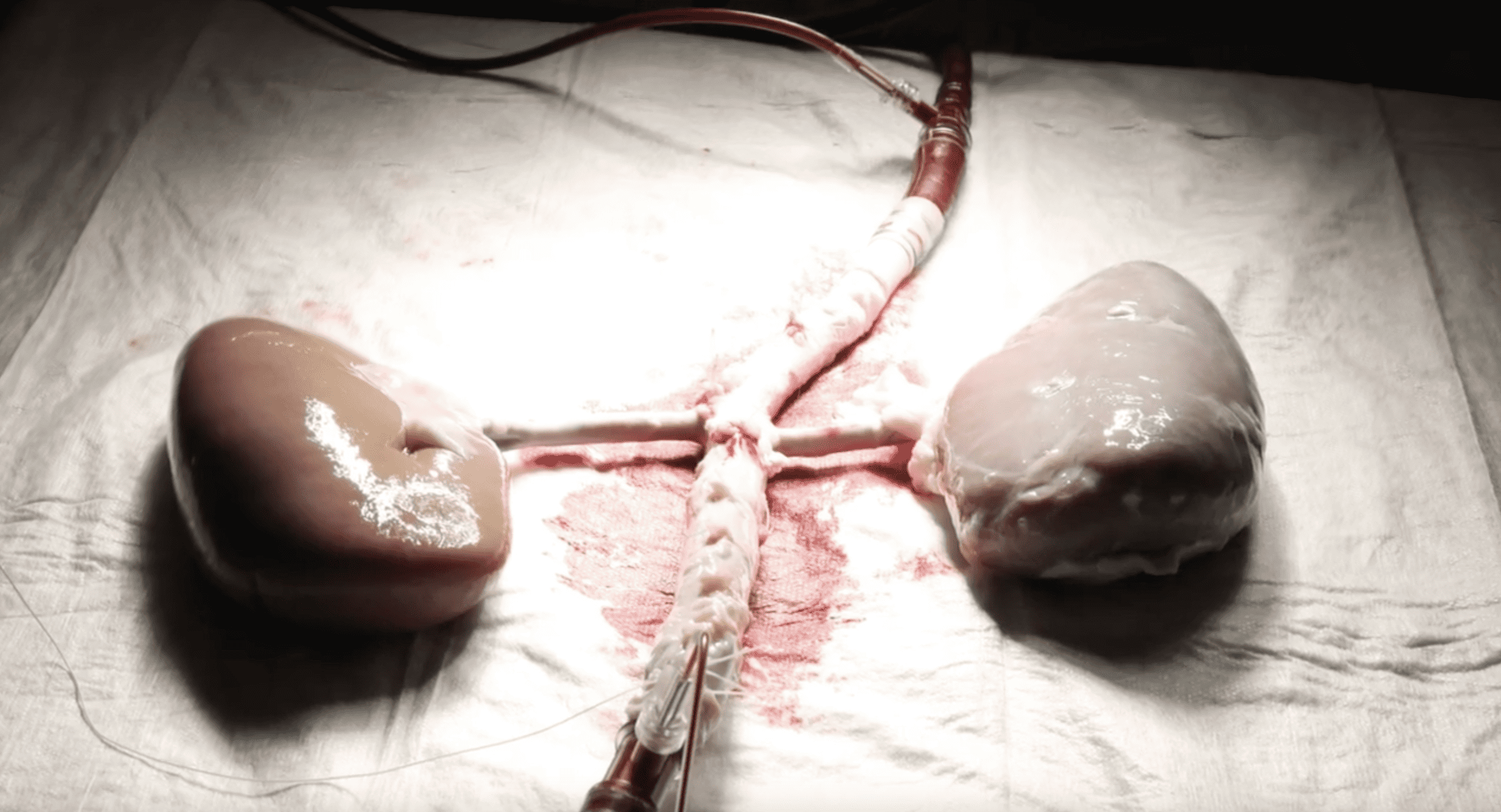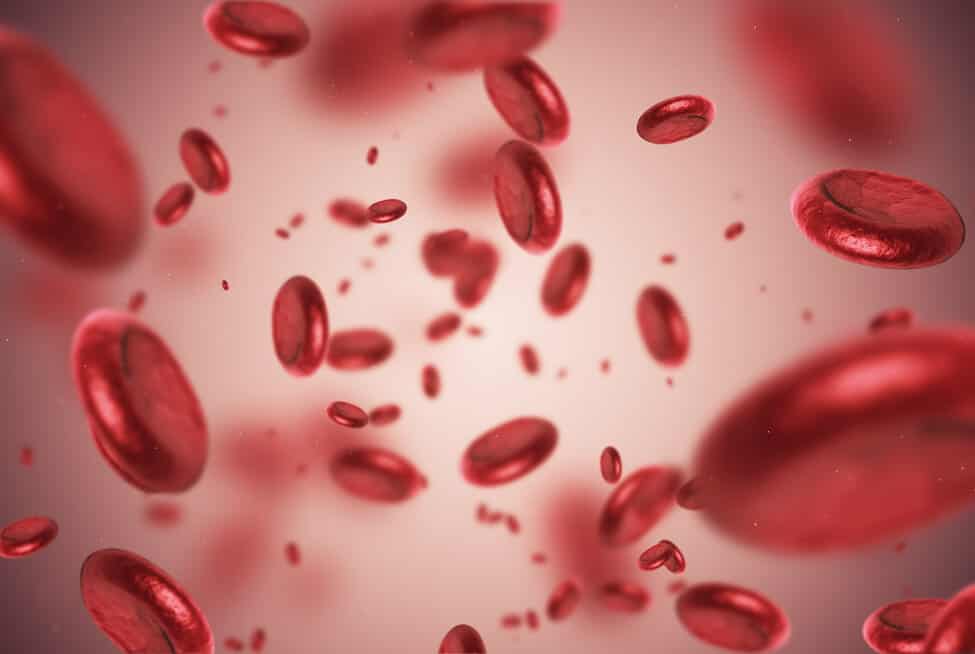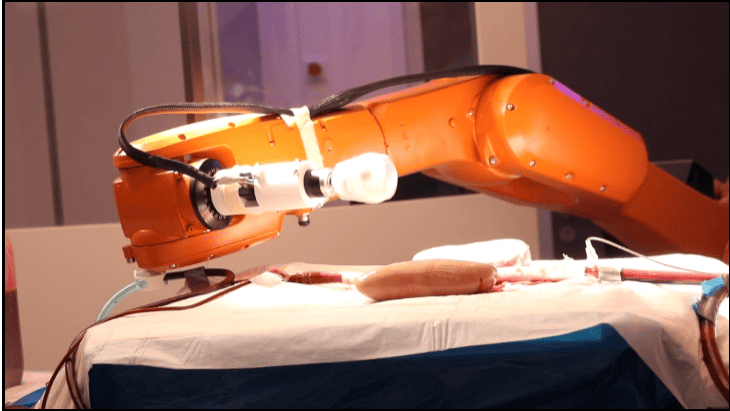
Home tests for corona are not as accurate as laboratory tests. Researchers from Eindhoven University of Technology (TU/e), together with Utrecht University (both in The Netherlands), have developed a new type of test that is just as sensitive and accurate as those in the laboratory. But also just as fast and cheap as the kits for home use. The new sensor lights up in a certain color when small amounts of proteins and anti-drug antibodies are present. And if COVID-19 spike proteins and antibodies in the blood.
“There is an increasing demand for medical tests in light of the current COVID-19 pandemic that yield fast and accurate results, are cheap, and can ideally be done by anyone, anywhere,” clarifies Maarten Merkx of the Institute for Complex Molecular Systems (ICMS) at TU/e and research leader of the new study.
The many quick tests are mainly indicative. A laboratory test must be done in order to gain absolute certainty. The disadvantage of these accurate tests is that the result sometimes takes one or more days to arrive. That can be too long in some cases.
Fireflies
Merkx and his research team have developed a new test with the accuracy and sensitivity of current laboratory methods and the speed and low cost of the established rapid tests.
The key is bioluminescence, the process that organisms such as fireflies use to produce light. “If a particular protein or antibody is present in the sample, special proteins -called luciferase enzymes – are going to emit light.” Merkx goes on to explain. “When the device contains no biomarkers of interest, one type of luciferase enzyme emits green light. A second luciferase enzyme lights up in a different color when biomarkers are found.”
To do this, the researchers split the second type of luciferase enzyme into two parts. Each part does nothing by itself. The enzyme becomes active only when the two parts are joined together. Each part of the luciferase is chemically linked to a pair of antibodies that recognize different parts of a biomarker.
Biomarker
When a biomarker is present in a test sample, the antibodies will bind to the biomarker. That process brings the two parts of the luciferase together, causing them to light up blue. The more blue light that is visible, the greater the concentration of biomarkers in the sample.
The researchers successfully tested the new detection approach on several biomarkers. Including one to detect bacterial and viral infections (C-reactive protein). They used 40 patient samples in collaboration with Rijnstate hospital in Arnhem in the Netherlands to test this.
Broad application
“We believe that this testing platform can be used for a wide range of applications, such as rapid screening and testing, for therapeutic antibody-drug monitoring in connection with conditions such as rheumatoid arthritis and inflammatory bowel disease, and for the rapid detection of infectious diseases that could be associated with future epidemics or pandemics,” Merkx adds.
The article, “A plug-and-play platform of ratiometric bioluminescent sensors for homogeneous immunoassays” has also been published in Nature Communications.
Also of interest: Luminous nanotubes made of carbon detect infections quickly and easily







